
The sudden halt in U.S. government support has left dozens of Latin American newsrooms scrambling to stay afloat. While some have begun tapping into new revenue sources, most still face an uphill battle for long-term sustainability.
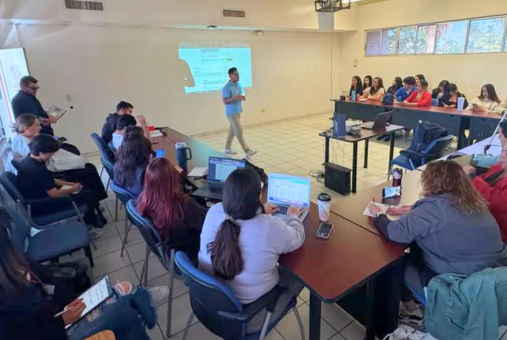
More and more journalism programs in Latin America are incorporating instruction on entrepreneurship. However, challenges such as institutional bureaucracy and keeping professors up to date with skills persist.

Although they don't usually represent significant additional income, investigative journalism books offer opportunities for reflection, prestige and editorial support, making them an alternative to precariousness and attacks afflicting journalism in Mexico.
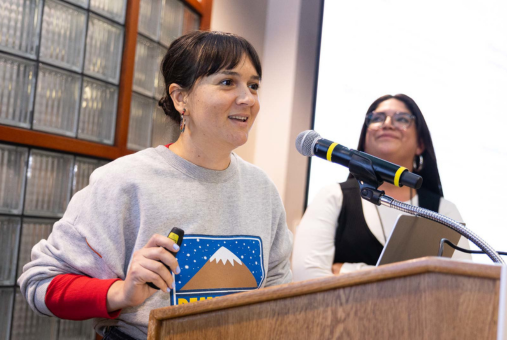
At the 18th Ibero-American Colloquium on Digital Journalism, SembraMedia executives said sustainability is a daily and collective process for independent journalism.
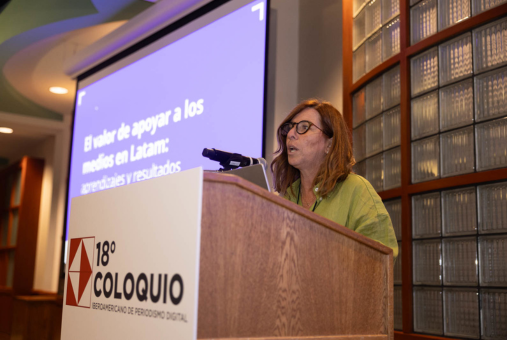
At the 18th Iberoamerican Colloquium on Digital Journalism, the regional director for the International Fund for Public Interest Media spoke about lessons learned in the two years since the fund’s launch.
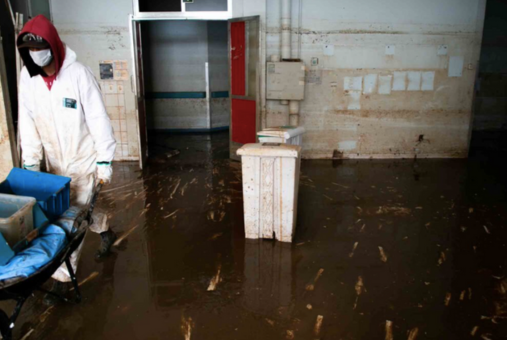
After floods displaced 615,000 people in southern Brazil, local media struggled to stay active. Now, Reporters Without Borders has launched a project to help small outlets prepare for future crises.
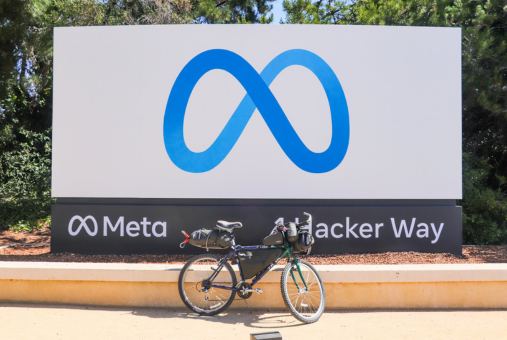
Replacing professional fact checkers with community notes in the US may signal a global rollback of disinformation controls.
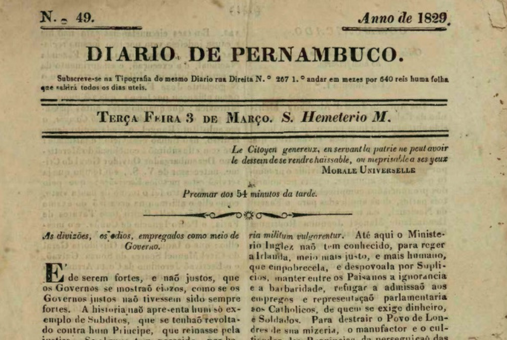
Diario de Pernambuco reported on monarchy, pandemics and wars. It’s struggling to pay its debts to continue telling the stories of Brazil.

The book “Brick by Brick” explains how digital native news outlets in Brazil and Colombia are fostering communities of financial supporters to sustain journalism. It’s an exercise in persistence and resilience.

The analysis of public advertising in 11 countries across the region shows how governments misuse funds, rewarding loyalists and endangering independent news outlets.

Researchers say Google’s Innovation Challenge fosters dependence of news organizations on tech companies. Organizations told LJR that participating in the program led to other types of financing.
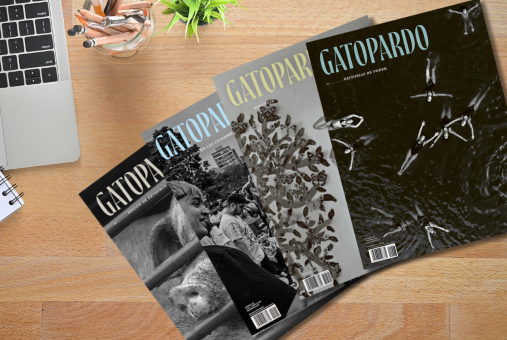
Gatopardo rethinks its print and digital products so its winning long-form, visual journalism can continue to make an impact on the region.